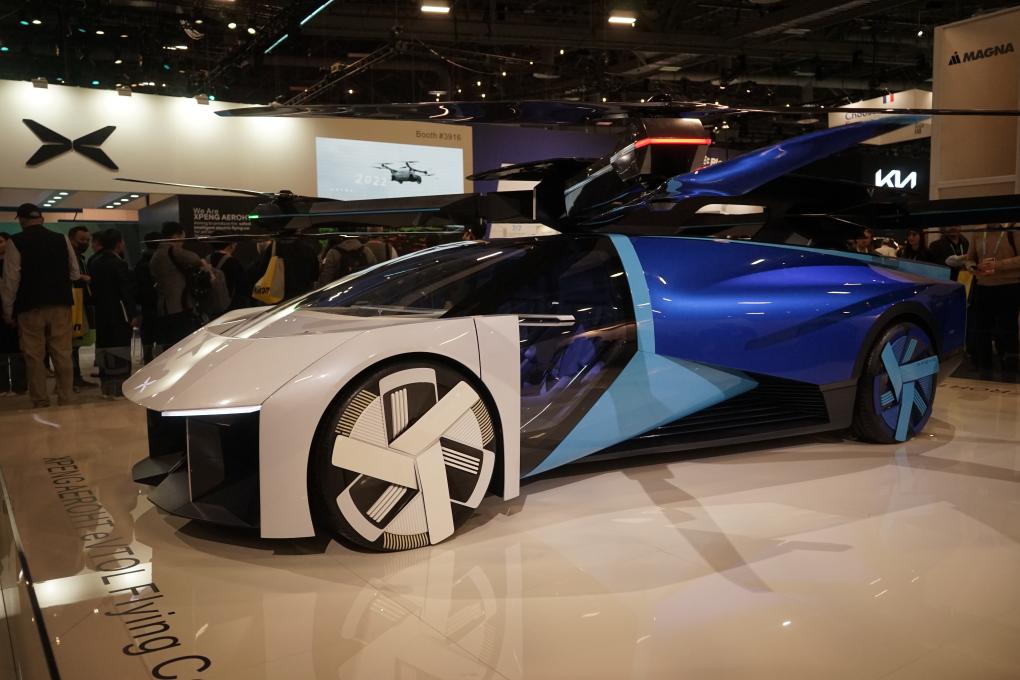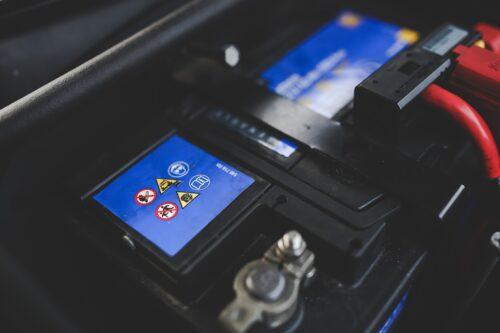By Chen Binjie, Zeng Yan (Xinhua)
The deepened cooperation between China’s emerging carmaker Xiaopeng and Germany’s traditional automotive giant Volkswagen signifies a concerted effort to delve deeper into electric mobility.
Chinese electric vehicle manufacturer Xiaopeng Motors and the German automotive manufacturer Volkswagen signed a cooperation agreement last week at the Geneva International Motor Show to accelerate the development of electric vehicles, marking another step forward in the partnership established in July last year.
The motor show presents an impressive assortment of electric vehicles (EVs) from emerging Chinese manufacturers and established European automakers, serving as an ideal platform to showcase the future trajectory of the automotive industry.
Renault’s Scenic E-Tech secured the prestigious Car of the Year 2024, and China’s BYD Seal made it to the top finalists with its sleek design, notable performance and advanced technology.
As said by Stefan Bratzel, head of the Center of Automotive Management in Germany, the entire automobile industry is undergoing a profound transformation, with new players emerging as pioneers in electrification and digitalization.
The deepened cooperation between China’s emerging carmaker Xiaopeng and Germany’s traditional automotive giant Volkswagen signifies a concerted effort to delve deeper into electric mobility, demonstrating an increasing consensus among Chinese and European car manufacturers that expanding the market of EVs should be a shared endeavor.
In fact, the collaboration between China and Europe in the automotive industry dates back more than 40 years. In the early 1980s, under a license agreement, the first Santana was produced in China. It then became a household name across the country.

People visit the exhibition area of Xpeng during the 2024 Consumer Electronics Show (CES) in Las Vegas, the United States, Jan. 10, 2024. (Photo by Zeng Hui/Xinhua)
The rich history of cooperation between Chinese and European carmakers sets a strong foundation for present-day cooperation. In today’s automotive landscape, there are abundant opportunities for mutual benefit. China’s expertise in manufacturing efficiency and market adaptation, coupled with Europe’s tradition of engineering excellence and innovation, create a fertile ground for cooperation.
However, some hastily call Chinese EVs “challengers” taking on their European rivals and making inroads into the market. Last year, European Commission President Ursula von der Leyen announced a controversial anti-subsidy probe into Chinese EVs.
The probe has drawn wide criticism within Europe. The German Association of the Automotive Industry opposed the protective move, emphasizing the need for free and rules-based trade to address Europe’s challenges in competitiveness.
Excessive administrative intervention is not what a stable European auto market needs. The presence of Chinese EVs in Europe should not be viewed as a threat but as a catalyst for the continent’s automotive market. For European customers, Chinese brands can fill the market gaps by offering affordable and high-quality models.
Instead of out-competing each other, Europe and China should rather embrace the prevailing electrification trend through closer ties among carmakers, and promote exchanges of know-how and collaboration in research and development. That is also in the interest of millions of automotive customers.
Breaking free from a zero-sum mentality, Europe and China could chart a shared roadmap for success in the EV revolution as they did four decades ago in the auto industry. As the pair forge deeper ties, the future promises endless possibilities.
Link: http://en.people.cn/n3/2024/0304/c90000-20140017.html
Source: http://en.people.cn
















Leave a Reply